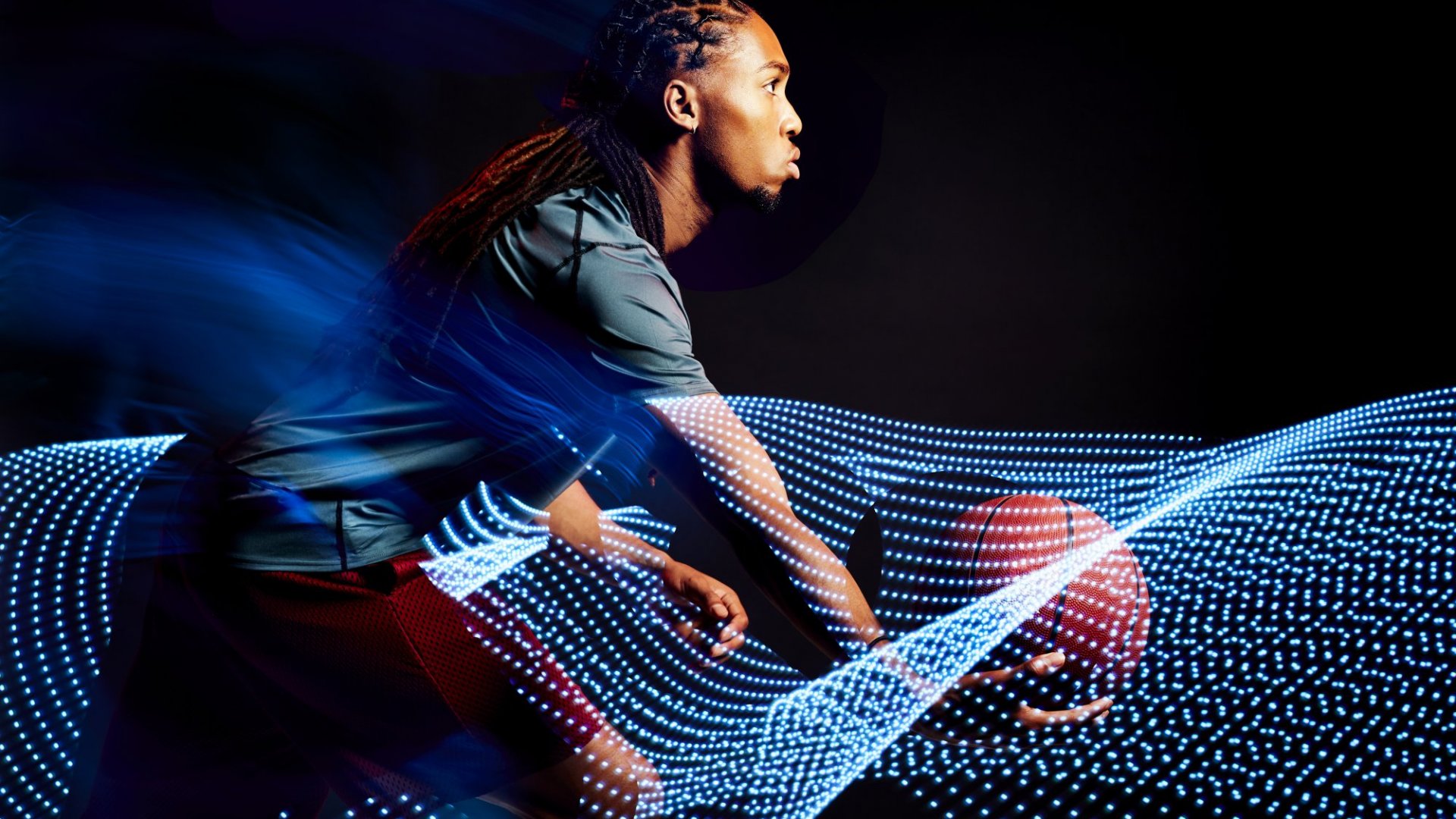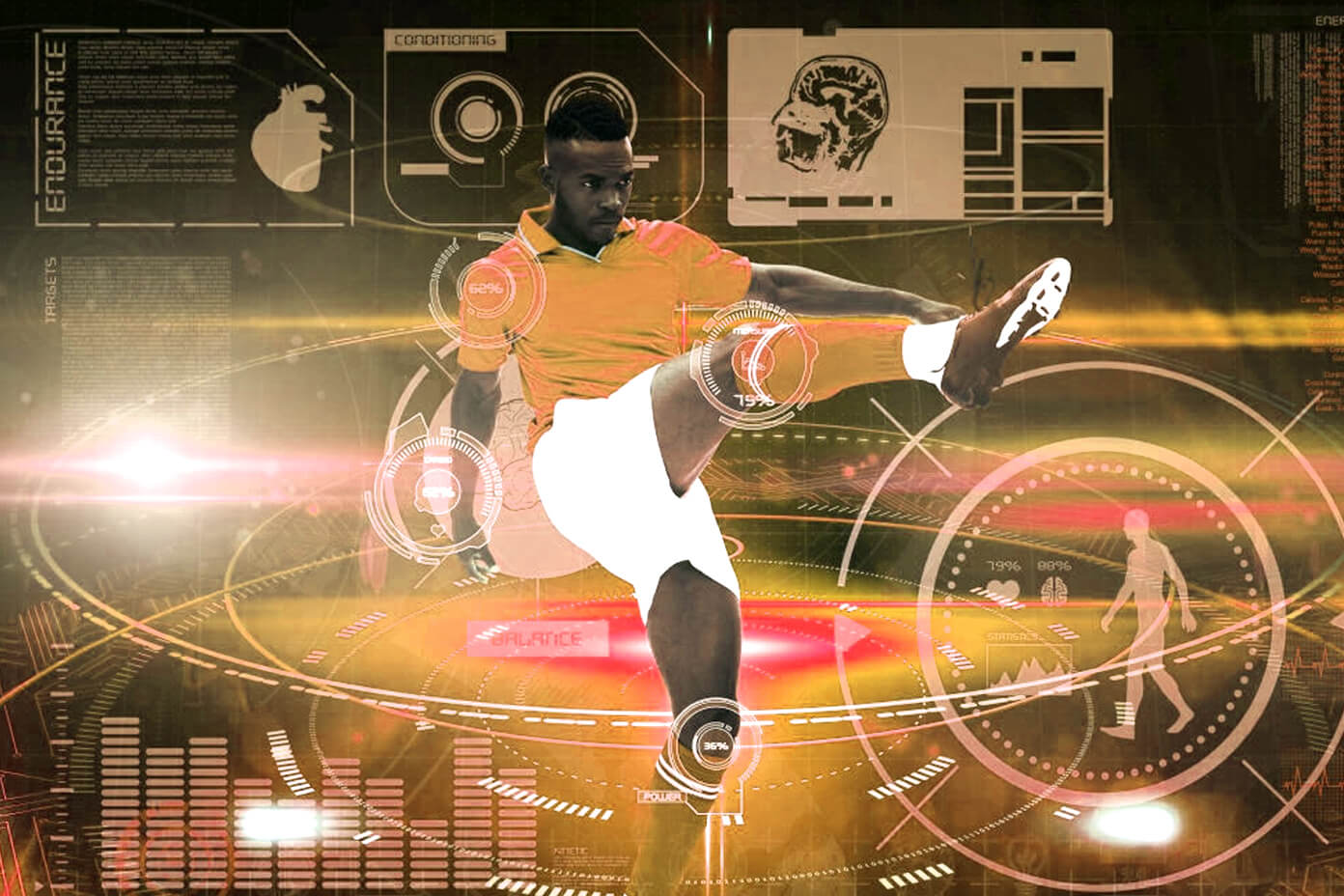In the current era, technology has invaded all areas of our lives, and sports is no exception. From wearables to data analysis systems, technology has revolutionized the way we train and compete. However, like everything in life, this integration also has its advantages and disadvantages. In this article we will explore the advantages of technology in sports, such as real-time data monitoring and performance improvement; But we will also examine possible disadvantages, such as over-reliance on technology and the loss of human aspects in sports practice. Join me in this analysis to discover if technology is an ally or an obstacle in the sports world.

Analysis of Advantages and Disadvantages
Technology in Sports: Boosting Performance or Limiting the Essence of the Game
Technology in sports has proven to be both a performance-enhancing tool and a possible limitation of the essence of the game.
On the one hand, the implementation of technologies such as the use of sensors, GPS, and data analysis can provide athletes with accurate information about their performance and help them optimize their training. These advances allow better monitoring of variables such as heart rate, speed, and movement technique, facilitating more personalized and effective training.
In addition, data monitoring and analysis technologies are also used in the field of refereeing and judging sports events. The implementation of systems such as VAR in football or Hawkeye in tennis has made it possible to reduce human errors and guarantee fairer and more precise decisions.
However, on the other hand, there is concern that excessive use of technology could divert attention from the very essence of the game and encourage an over-reliance on machines. Some argue that the human factor, with its errors and subjective decisions, is an integral part of sport and that technology can take away emotion and spontaneity.
Likewise, it is worth mentioning that the implementation of technology in sports is not without challenges and disadvantages. These include the high cost of acquiring and maintaining technological equipment, as well as the gap it can create between those who have access to these tools and those who do not. Furthermore, overdependence on technology can generate a lack of adaptive capacity on the part of athletes, who could face difficulties in situations where these resources are not available.
In conclusion, technology in sports presents both important advantages and disadvantages. Although it is a useful tool to enhance performance and improve decision-making in refereeing, there is also the risk that it limits the essence of the game and generates inequalities. Therefore, their implementation and use must be carefully evaluated and balanced, always considering the impact they may have on sports and athletes.
Frequent questions
What are the main advantages of technology in sports and how have they improved the performance of athletes?
The main advantages of technology in sports are
1. Improved performance: Technology has allowed athletes to improve their performance in different aspects. For example, tracking and monitoring devices, such as smartwatches or activity bracelets, provide them with precise information about their performance, allowing them to analyze and optimize their training. Additionally, advances in the design and manufacturing of sports equipment have improved the efficiency and safety of athletes.
2. Data analysis: Technology has made it easier to collect and analyze large amounts of data related to sports performance. Information recording and processing systems allow coaches and athletes to identify patterns, detect areas of improvement, and make strategic decisions based on objective data.
3. Greater precision and objectivity: Technology has replaced subjectivity in many aspects of sport. For example, sensors and video systems are used to accurately determine whether a ball crossed the goal line in football or whether a runner crossed a line in a race. This avoids human errors and reduces disputes.
4. Motivation and engagement: Technology offers interactive tools and mobile applications that allow athletes to set goals, track their progress, and receive feedback in real-time. This creates a more motivating and engaged training environment, which can lead to better results.
In summary, technology has improved athlete performance by providing accurate information, data analysis, greater precision, and objectivity, as well as promoting motivation and engagement in training.
What are the disadvantages of using technology in sports and how can they affect integrity and equality among competitors?
The use of technology in sports offers great benefits, however, it also presents disadvantages that can affect the integrity and equality between competitors.
One of the main disadvantages of using technology in sports is the possibility of errors or system malfunctions. Electronic devices or analysis systems may fail, resulting in incorrect or unfair results for athletes. This can cause controversies and conflicts both on and off the field of play.
Another disadvantage is the excessive dependence on technology and the removal of the human factor in decision-making. In some cases, it has been observed that referees or judges rely too much on technological results, ignoring their judgment. This can lead to a loss of authority and subjectivity in decision-making, potentially negatively affecting athletes in situations where a deeper analysis or interpretation of rules is required.
Furthermore, the high cost of implementing and maintaining technology in sports can be a barrier to its widespread use. Equipment such as video cameras, tracking systems, or performance monitors require a considerable financial investment. This can limit its access and benefit to a select group of athletes or clubs with greater purchasing power, generating inequality in competition.
Technology can also affect equality of opportunity between different competitors. Some athletes or teams may have access to advanced technology, such as tracking devices or performance analysis, while others do not. This creates a disparity in the preparation and resources available before and during a sporting event, which can create unfair advantages for some competitors.
In summary, the use of technology in sports presents disadvantages that can affect the integrity and equality between competitors. System errors or failures, over-reliance on technology, high implementation costs, and unequal access to technological resources are some of the negative aspects to consider. It is important to find an appropriate balance between the use of technology and maintaining the essence and justice in sports.
How has technology applied to sports evolved in recent years and what impact has it had on the way athletes train, compete, and analyze their performance?
I hope these questions help you delve deeper into the analysis of the advantages and disadvantages of technology in sports.
In recent years, technology applied to sports has experienced an impressive evolution, with significant impacts on the way athletes train, compete ,and analyze ttheirperformance.
Regarding trainin , technology has allowed the development of new devices and systems that help monitor and improve athletes’ performance. For example, sensors and wearables have been created that measure parameters such as heart rate, speed, rhythm, power, and acceleration, among others. This data is collected and analyzed to obtain valuable information about the athlete’s performance, allowing them to personalize and optimize their training.
In the field of competition, technology has provided several advantages. In disciplines such as athletics, high-speed cameras, and precise timing systems are used to measure times and distances more accurately. In team sports, video referee (VAR) systems have been implemented that help referees make fairer and more accurate decisions. In addition, technology has allowed the live broadcast of competitions and the implementation of real-time play-tracking systems, which enriches the experience for both spectators and the athletes themselves.
Regarding performance analysi , technology has revolutionized the way athletes’ performance is evaluated and improved. Video analysis programs allow coaches and athletes to review plays, movements, and techniques in great detail, helping to identify errors and areas for improvement. There are also advanced biometric analysis systems that allow aspects such as strength, resistance,e and body composition to be evaluated, which provides valuable information to personalize training plans.
However, there are also disadvantages associated with the use of technology in sports. On the one hand, there is a risk of over-reliance on technological tools, which can lead to neglecting other important aspects of training, such as technique and tactics. Additionally, the acquisition and maintenance of technological equipment can be expensive for some athletes or clubs.
In conclusion, technology has had a notable impact on sports, both in the way of training, competing, and analyzing the performance of athletes. It has provided significant advantages in terms of training personalization, competition accuracy, and performance evaluation. However, it is important to find an appropriate balance between the use of technology and attention to other fundamental aspects of the sport.
In conclusion, the use of technology in sports offers various advantages and disadvantages. On the one hand, it facilitates the analysis and improvement of athletes’ performance through devices such as sensors and monitors, which can lead to a higher level of precision and results. Additionally, it helps keep a detailed record of data and progress, which can be very useful for training.
However, we must also consider the disadvantages. Over-reliance on technology can affect athletes’ ability to trust their okills and experience,and can distract their attention during competition. Additionally, the acquisition and maintenance of these devices can be expensive, limiting access to those who do not have the necessary resources.




